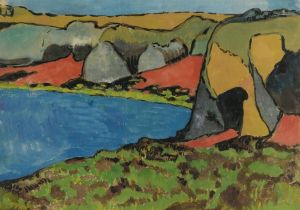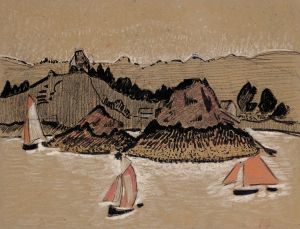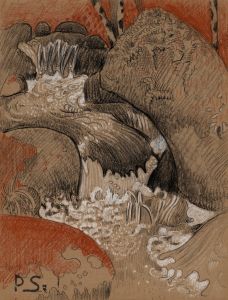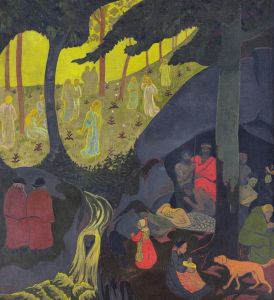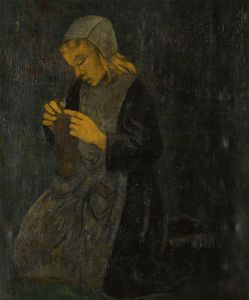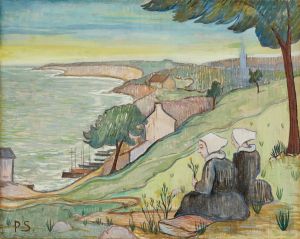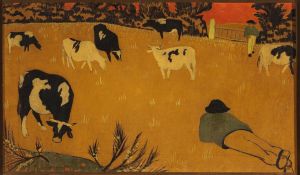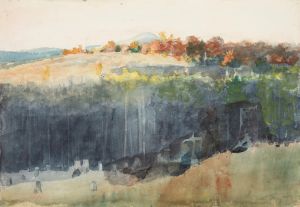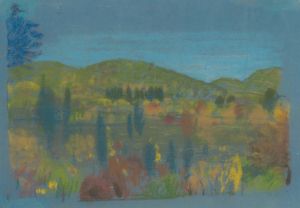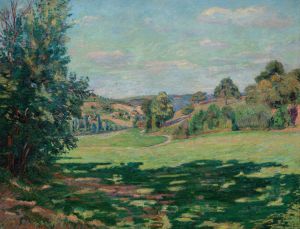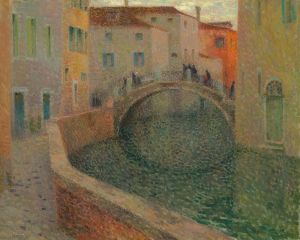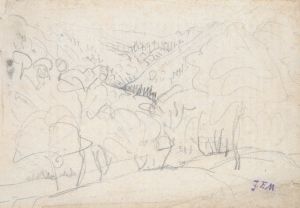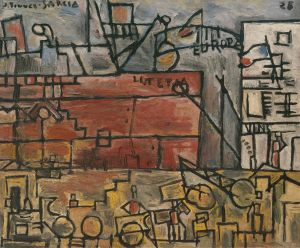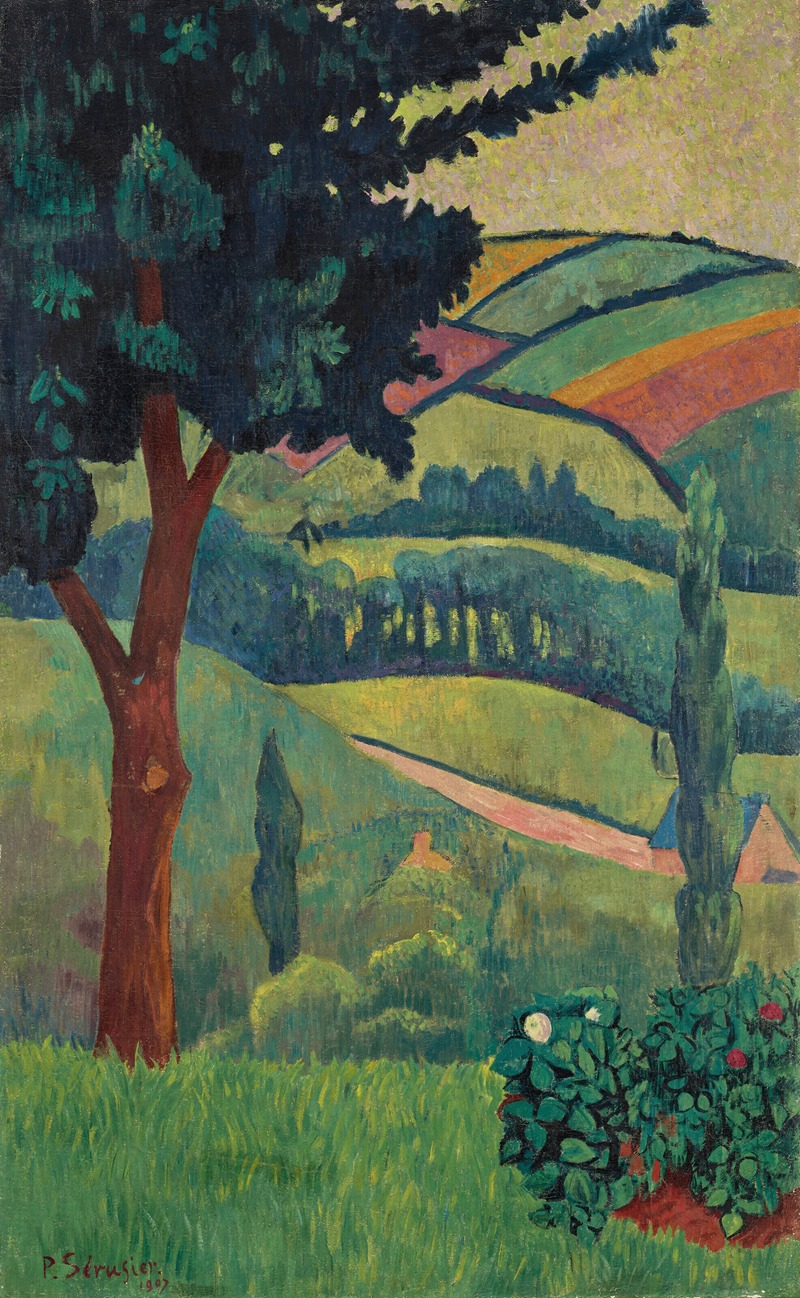
Vallée par temps gris, Châteauneuf
A hand-painted replica of Paul Sérusier’s masterpiece Vallée par temps gris, Châteauneuf, meticulously crafted by professional artists to capture the true essence of the original. Each piece is created with museum-quality canvas and rare mineral pigments, carefully painted by experienced artists with delicate brushstrokes and rich, layered colors to perfectly recreate the texture of the original artwork. Unlike machine-printed reproductions, this hand-painted version brings the painting to life, infused with the artist’s emotions and skill in every stroke. Whether for personal collection or home decoration, it instantly elevates the artistic atmosphere of any space.
Paul Sérusier's painting Vallée par temps gris, Châteauneuf (translated as Valley in Gray Weather, Châteauneuf) is a work by the French Post-Impressionist artist, created during the late 19th or early 20th century. Sérusier, a key figure in the Nabis movement, was known for his innovative use of color and his focus on symbolic and decorative elements in art. This particular painting reflects his interest in capturing the mood and atmosphere of a landscape, rather than adhering strictly to realistic representation.
The painting depicts a valley scene near Châteauneuf, a commune in the Brittany region of France. The title suggests that the work was created during overcast or gray weather, which is reflected in the subdued and muted tones of the composition. Sérusier's approach to landscapes often emphasized the emotional and spiritual resonance of the scene, and this work is no exception. The artist uses simplified forms and a harmonious color palette to evoke a sense of calm and introspection.
Sérusier was deeply influenced by his time in Pont-Aven, where he worked closely with Paul Gauguin and other artists who sought to break away from the conventions of academic painting. Gauguin's emphasis on the use of bold, flat colors and symbolic content had a profound impact on Sérusier's style. This influence is evident in Vallée par temps gris, Châteauneuf, where the artist prioritizes mood and expression over detailed realism.
The painting is an example of Sérusier's dedication to the principles of the Nabis group, which he co-founded. The Nabis, whose name derives from the Hebrew word for "prophets," sought to create art that transcended mere representation and delved into the spiritual and emotional realms. Sérusier's work often reflected these ideals, blending elements of Symbolism with a decorative aesthetic.
While specific details about the creation and exhibition history of Vallée par temps gris, Châteauneuf are not widely documented, the painting is representative of Sérusier's broader body of work and his contributions to modern art. Today, his works are celebrated for their innovative approach to color and form, as well as their influence on subsequent generations of artists.





